How to choose a ski jacket
Our guide to how to choose a ski jacket unpacks what to look for whether you’re lapping groomers or earning your turns in the backcountry
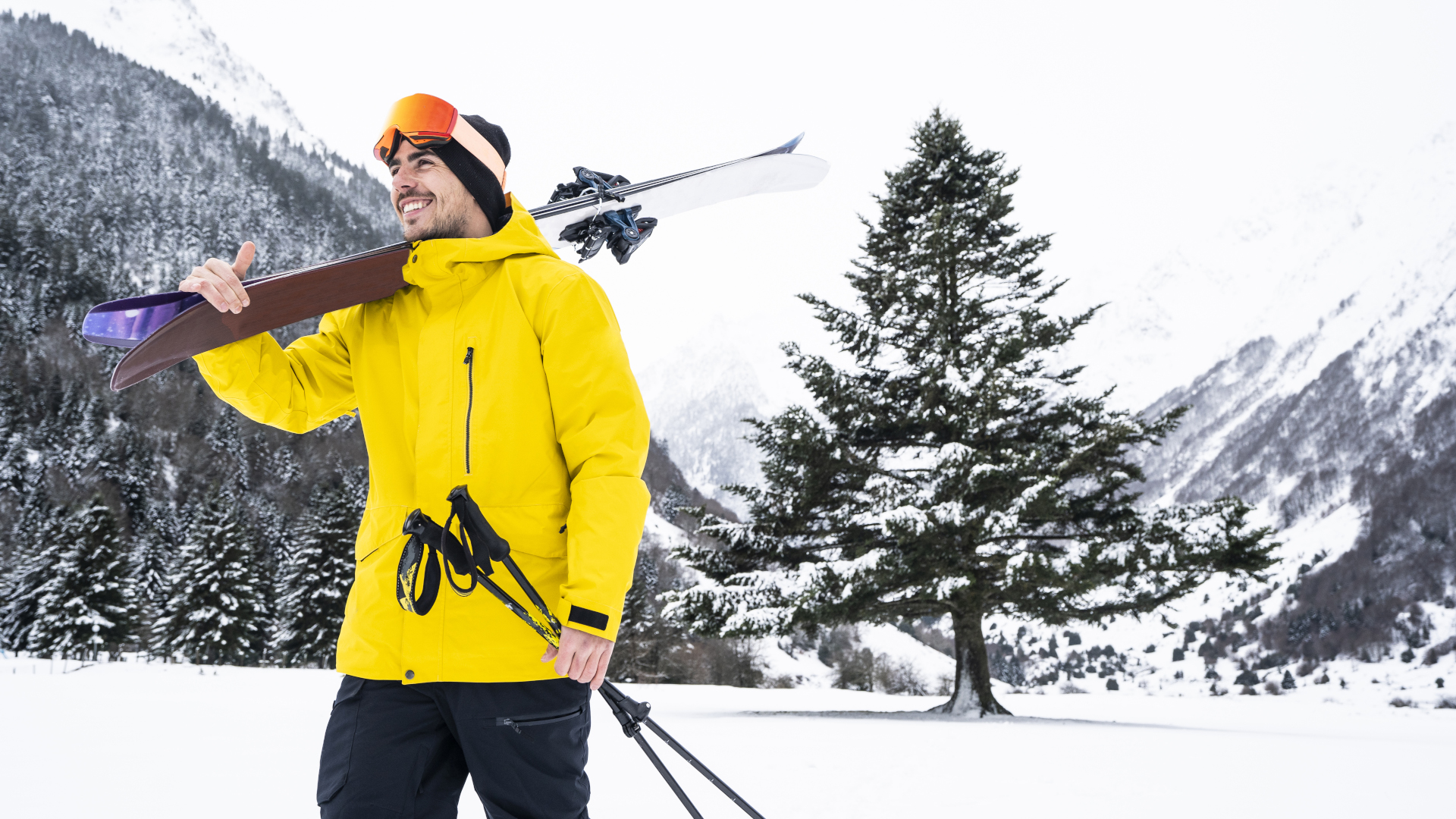
The best ski jackets are designed to be highly weatherproof and keep you toasty on the gustiest lift rides. They can also be very expensive, and with so many different makes and models on the market, you want to make sure you’re getting the best jacket for the type of skiing you plan to go, and the climate you’ll be doing it in. Our guide to how to choose a ski jacket unpacks the four different types of ski jacket, plus what to look for whether you’re lapping groomers or earning your turns in the backcountry.
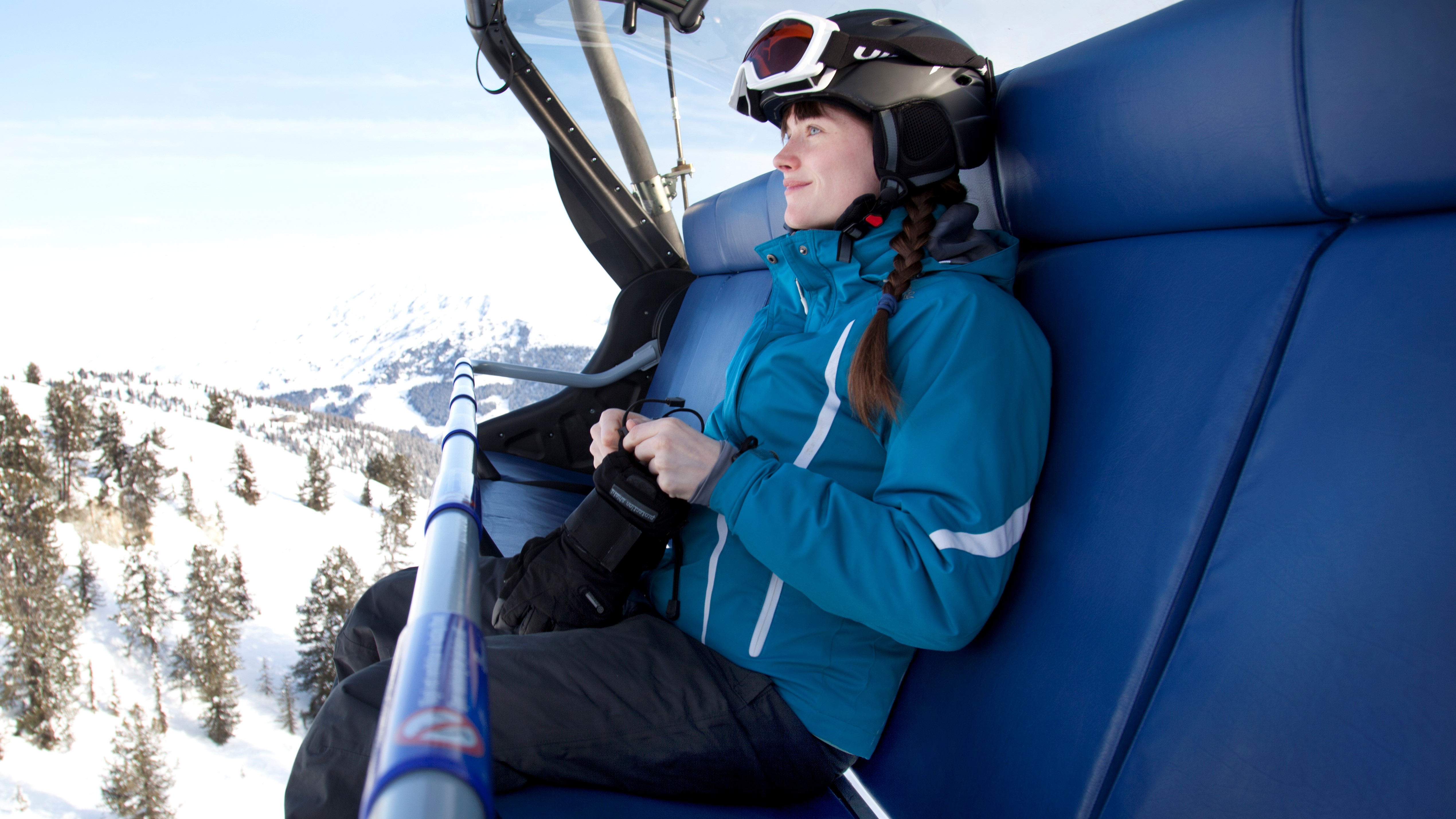
Types of ski jacket
Nowadays, ski jackets really run the gamut from super light, stretchy and breathable affairs all the way up to big, bulky insulators, so it’s helpful to start with the four basic types of ski jacket out there:
- Insulated ski jackets are usually waterproof and made with synthetic insulation and can vary in warmth and bulk.
- Shell jackets are lightweight and uninsulated, but provide excellent weather protection.
- 3-in-1 jackets combine a waterproof outer shell with a removable warm, fleecy liner, providing the most versatility for the added bulk.
- Softshell jackets are lightweight, breathable and stretchy but are not waterproof.
In addition, ski jackets may come in either two-layer or three-layer construction, indicated by either 2L or 3L on the label. This gets a bit confusing, but for the purposes of skiing, it’s probably only helpful to understand that 3L jackets tend to be considered more technical, and are lighter and therefore more expensive, while 2L jackets are the industry standard.
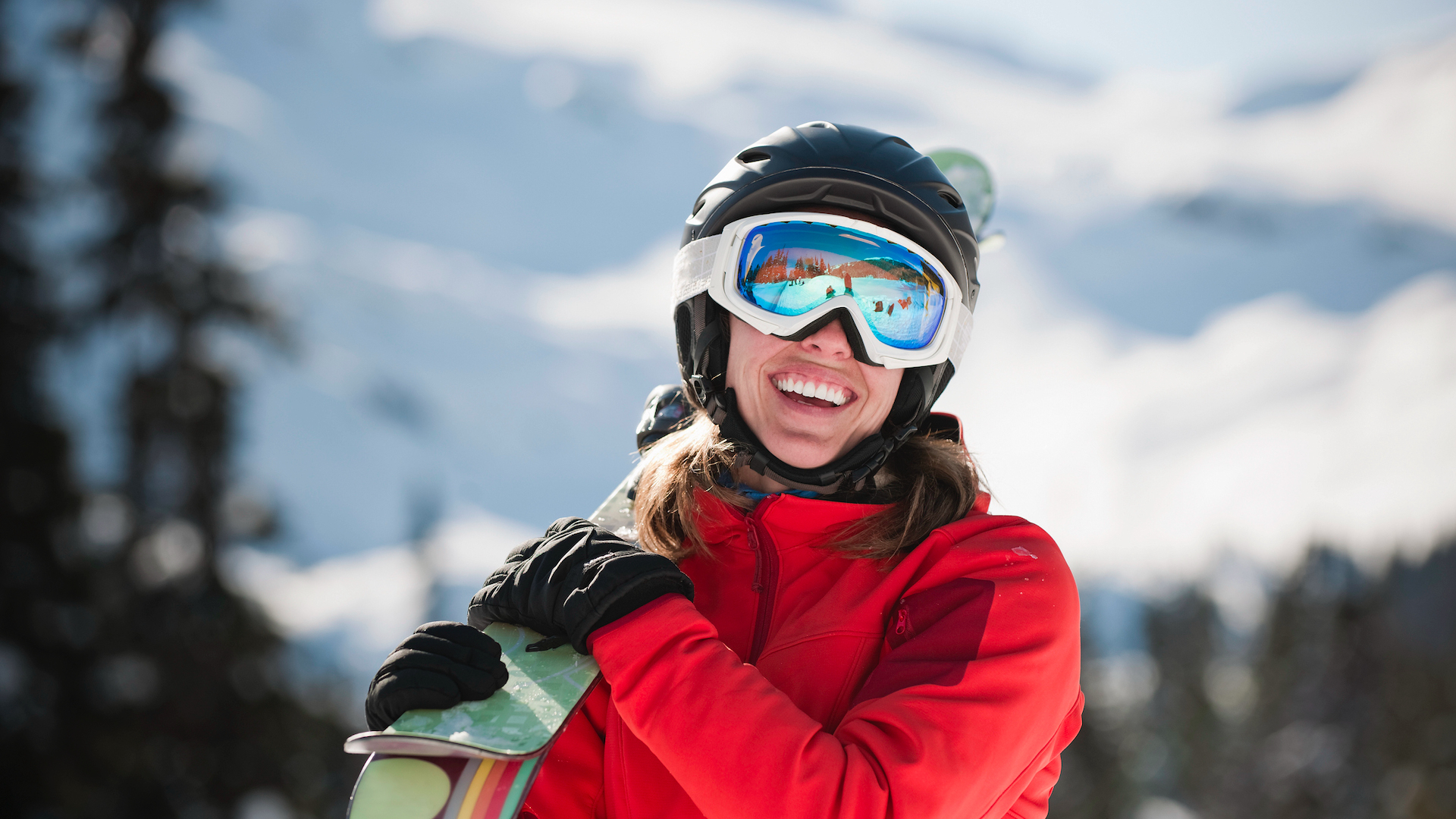
How to choose a ski jacket: insulation
You might think that all skiing requires an insulated jacket to keep you warm in the snow, but it really depends on what type of skiing you intend to do. As in, are you going to head to the resort and hop on the lift to get your turns in? If so, you’re most likely looking for something that will keep you warmer on the chairlift, so start with an insulated or 3-in-1 ski jacket that will keep you cozy. Most ski jackets will be made using synthetic insulation, but just know that if you go for down, it won’t keep you warm if it gets wet so it’s really only good in areas with dry snow like Colorado and Utah. Check your jacket’s fill power to make sure it will be sufficient for the area where you intend to ski.
If, however, you’re heading for the backcountry and going to be working up a sweat skiing uphill, you most likely won’t be looking for insulation and will want to consider a shell jacket instead which you can layer underneath for the downhill. You’ll also want to find something that provides good mobility and packs down nice and small, since chances are it will be going in your backpack when you’re traveling uphill.
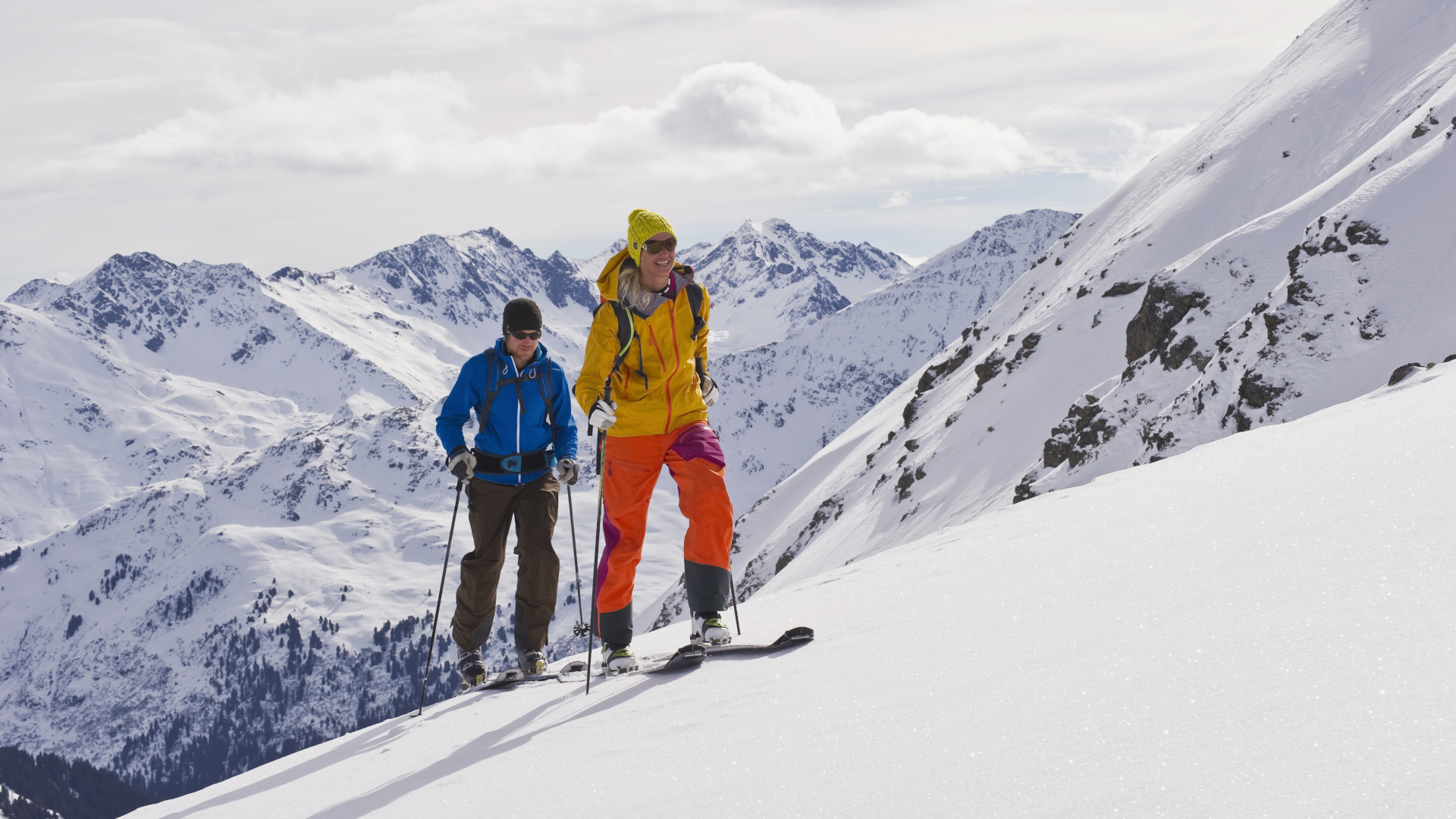
How to choose a ski jacket: waterproofing
Obviously, you want your ski jacket to protect you from wind and moisture and the good news is that virtually any ski jacket will be waterproof and windproof thanks to features like waterproof membranes, DWR coatings and taped seams. The main exception here is softshells, so save those for the dry-snow areas we mentioned before. Garments that incorporate high-performing waterproof membranes such as Gore-Tex will set you back more money-wise, but they will be less bulky and more reliable. If you go for a cheaper alternative, you should expect a less packable jacket and less protection. For any waterproof gear, the key to maintaining its performance against the elements is to wash it and re-waterproof it regularly.

How to choose a ski jacket: breathability
Breathability is a bit of a buzz word in the world of outdoor gear these days, but whether or not you need it in a ski jacket really depends on the type of skiing you’re doing. If you’re backcountry skiing, you’ll definitely want breathability and therefore consider a softshell jacket with venting zips and breathable panels under the armpits. Chances are, you’ll be taking it off anyway, but you definitely don’t want to get soaking wet with sweat in winter. If you’re going to be backcountry skiing and need breathability in conjunction with wet weather protection, look for a 3-layer hardshell.
Advnture Newsletter
All the latest inspiration, tips and guides to help you plan your next Advnture!
For resort skiing, unless you tend to run really hot or only ski on sunny spring days in Utah, you probably don’t need much in the way of breathability at all, though pit zips are always welcome. You can unzip your jacket and lose the mid-layer if it’s warm out, wearing only a base layer under your jacket to keep cool.
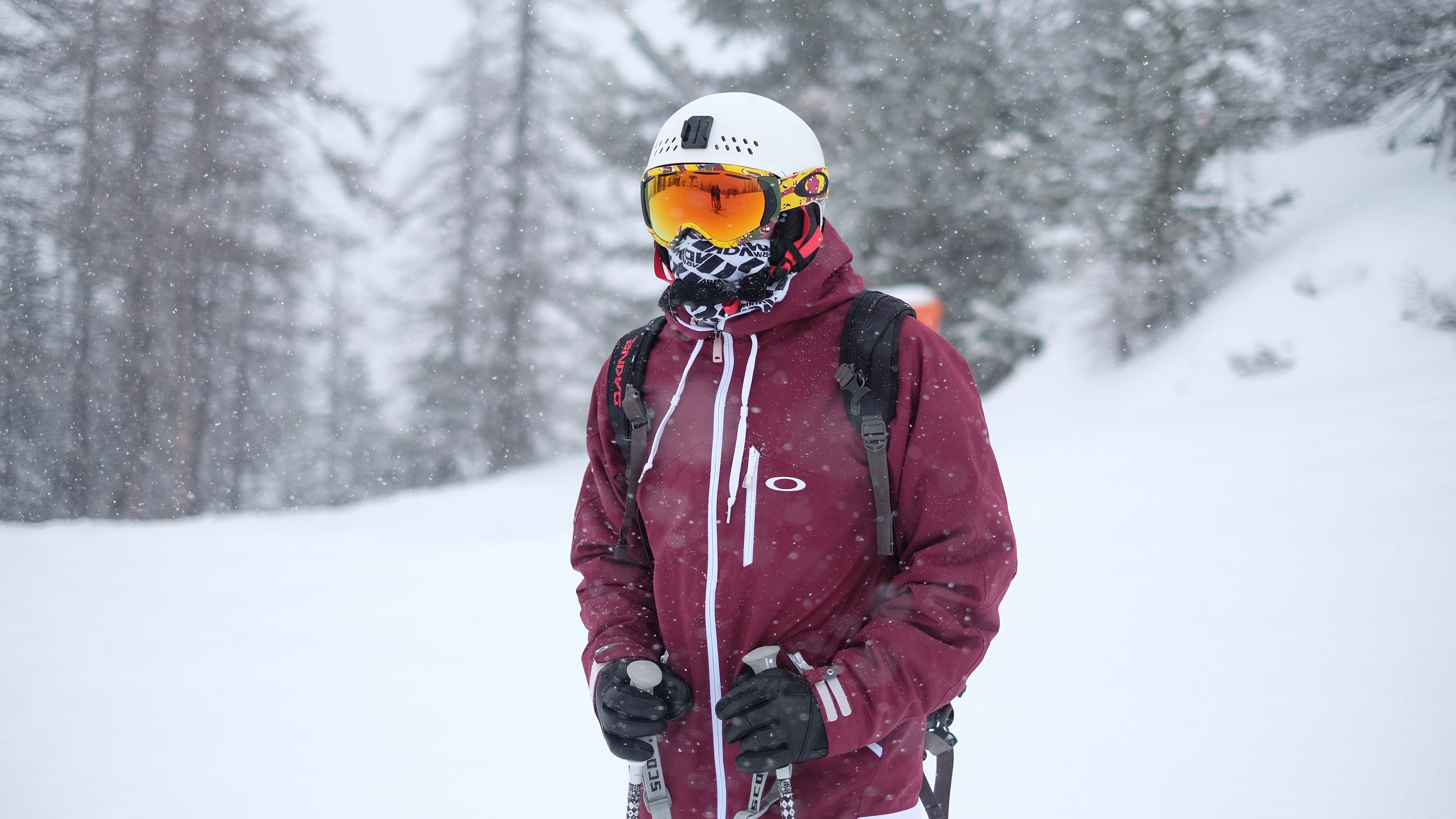
How to choose a ski jacket: weight and packability
Ski jackets can range from really lightweight and packable shells to big and bulky 3-in-1s and while ultralight is definitely having a moment, it’s once again something that largely only matters if you’re backcountry skiing or traveling by plane. Obviously, insulation adds some bulk, and synthetic doesn’t compress as much as down, but for alpine skiing it’s better to prioritize warmth over packability. If you want to keep things lighter, you may decide to splurge on a three-layer jacket. For backcountry, go for a shell that is light and packable so it doesn’t restrict your mobility.
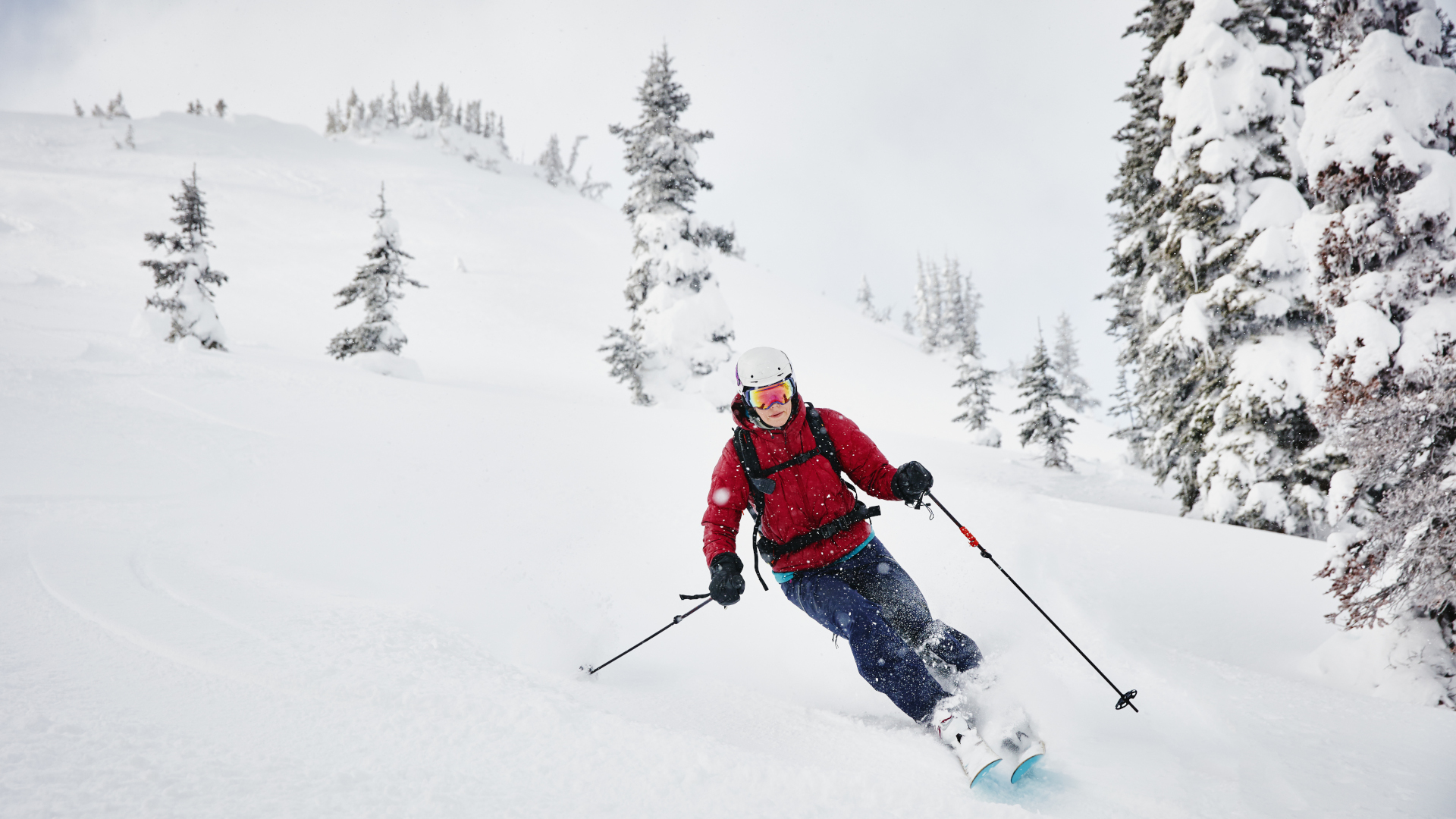
How to choose a ski jacket: pockets
A good ski jacket has lots of pockets. For resort skiing, it’s ideal not to carry a backpack (and some resorts won’t allow them on the lifts anyway) so you’ll need somewhere to stash your ski gloves when you’re not wearing them, lift pass, wallet, keys, phone, chapstick, sunscreen and any snacks you want. That’s the bare minimum of gear you might want to carry and it adds up fast. Look for a jacket with at least four decent-sized and sealable pockets (flaps preferred).
If you’re cruising in the backcountry, however, you’ll definitely be carrying a ski backpack so a plethora of pockets is less important.
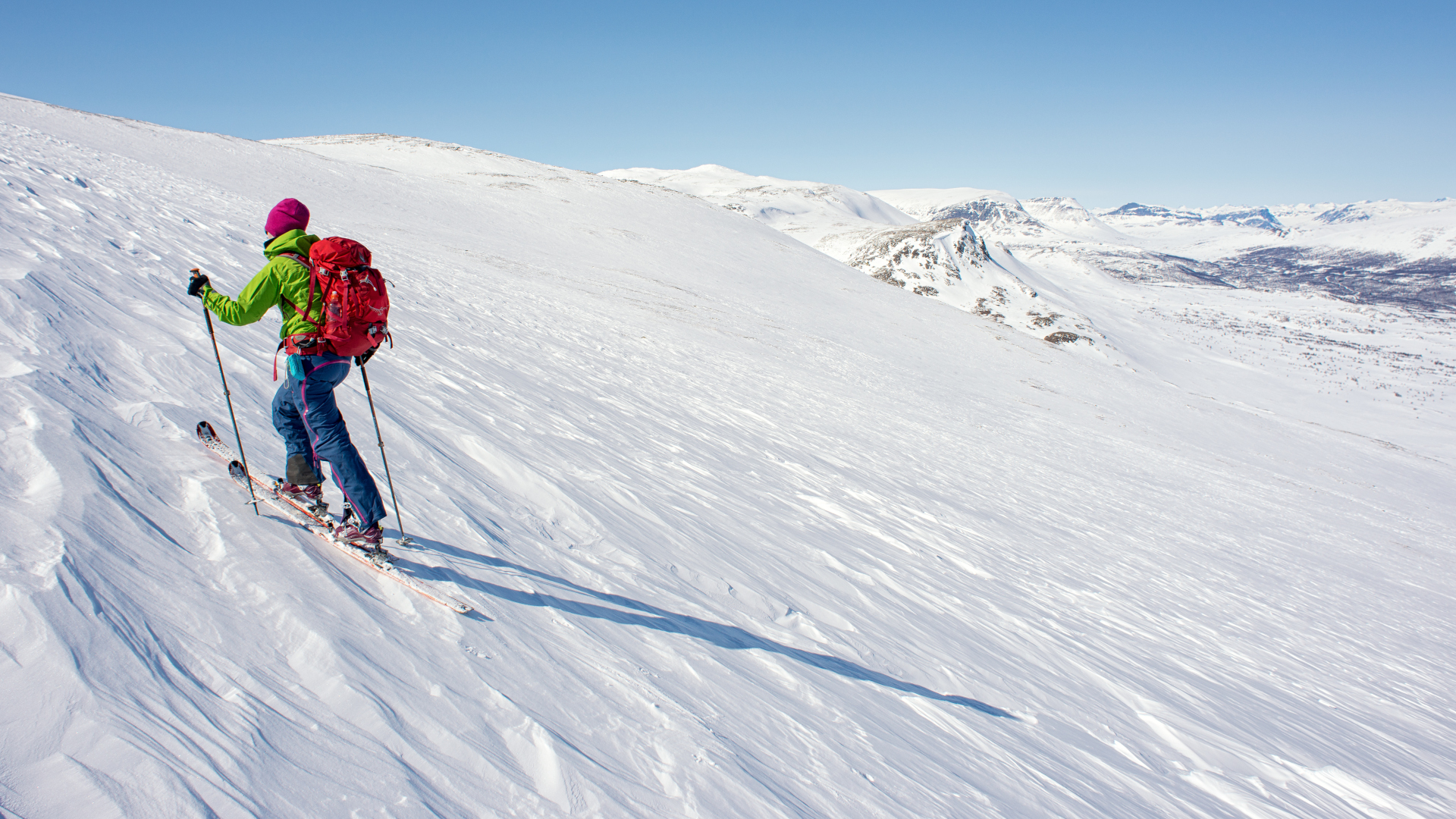
How to choose a ski jacket: hood
Some ski jackets have a hood, some do not. Hoods can provide an additional layer of protection against wind and snow, but they can also be annoying when you’re wearing a backpack or on the ski lift. For resort skiing, you’ll probably only pull the hood up when you’re on the lift since it might restrict your visibility when you’re skiing, so make sure it’s helmet compatible (most of them are nowadays). For backcountry skiing, helmet compatibility isn’t really an issue since you won’t be wearing a helmet to climb. Some ski jackets come with removable hoods which may offer the best of both worlds.
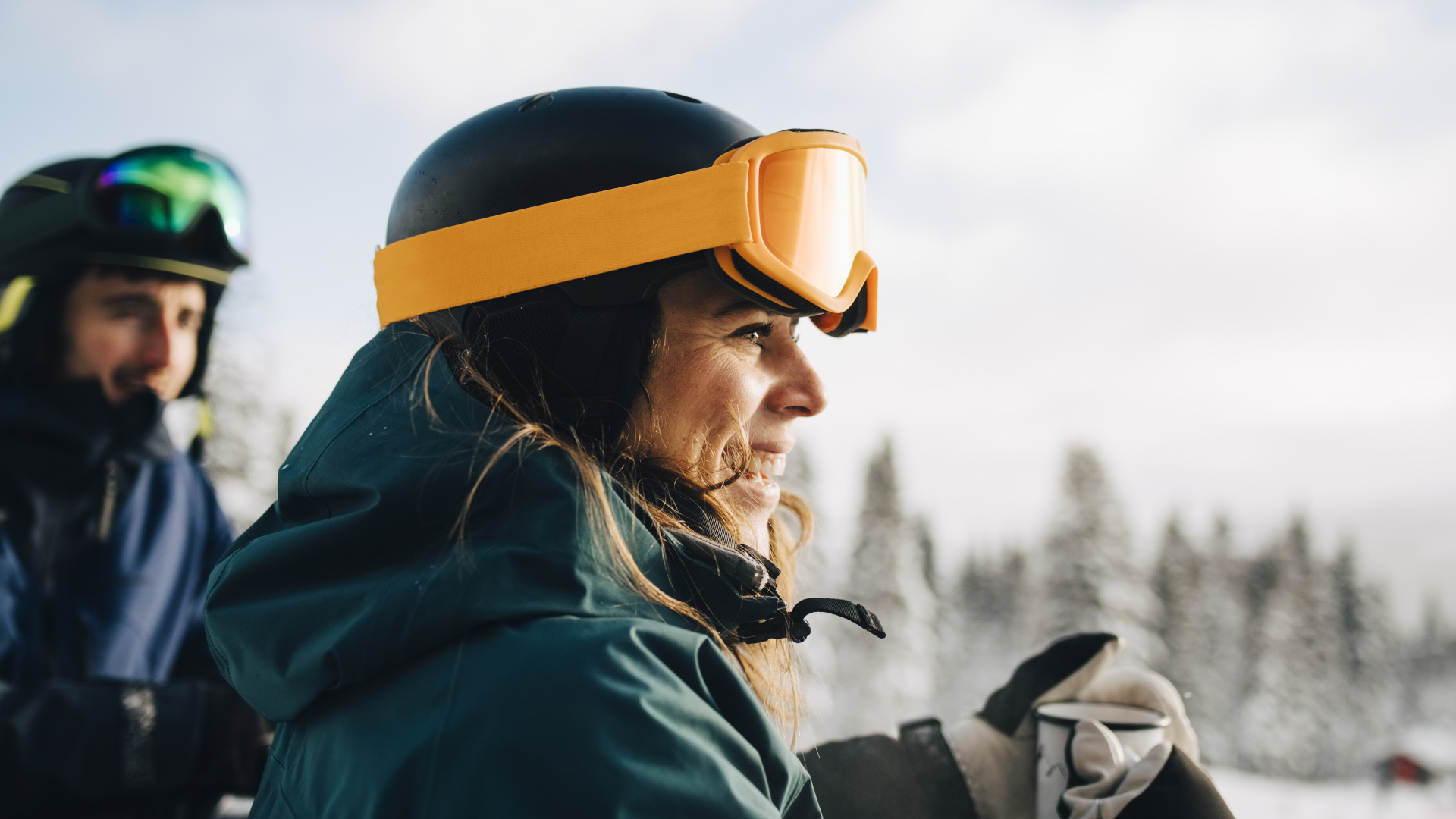
How to choose a ski jacket: style and fit
The question of whether your ski jacket should be tight or loose has nothing to do with fashion. With the exception of shells, ski jackets generally are a bit more streamlined than snowboarding jackets, but they still have to be loose enough to fit your layers underneath and not restrict your movements. That said, if it’s too loose it won’t do its job of keeping you warm. Your best approach is to try it on while wearing the maximum amount of layers underneath that you’re going to be wearing and make sure you can reach your arms up like you’re pulling the bar down on the lift and bend over to buckle your ski boots. For resort skiing, consider a slightly longer style if you want extra warmth on your seat when riding the chair.
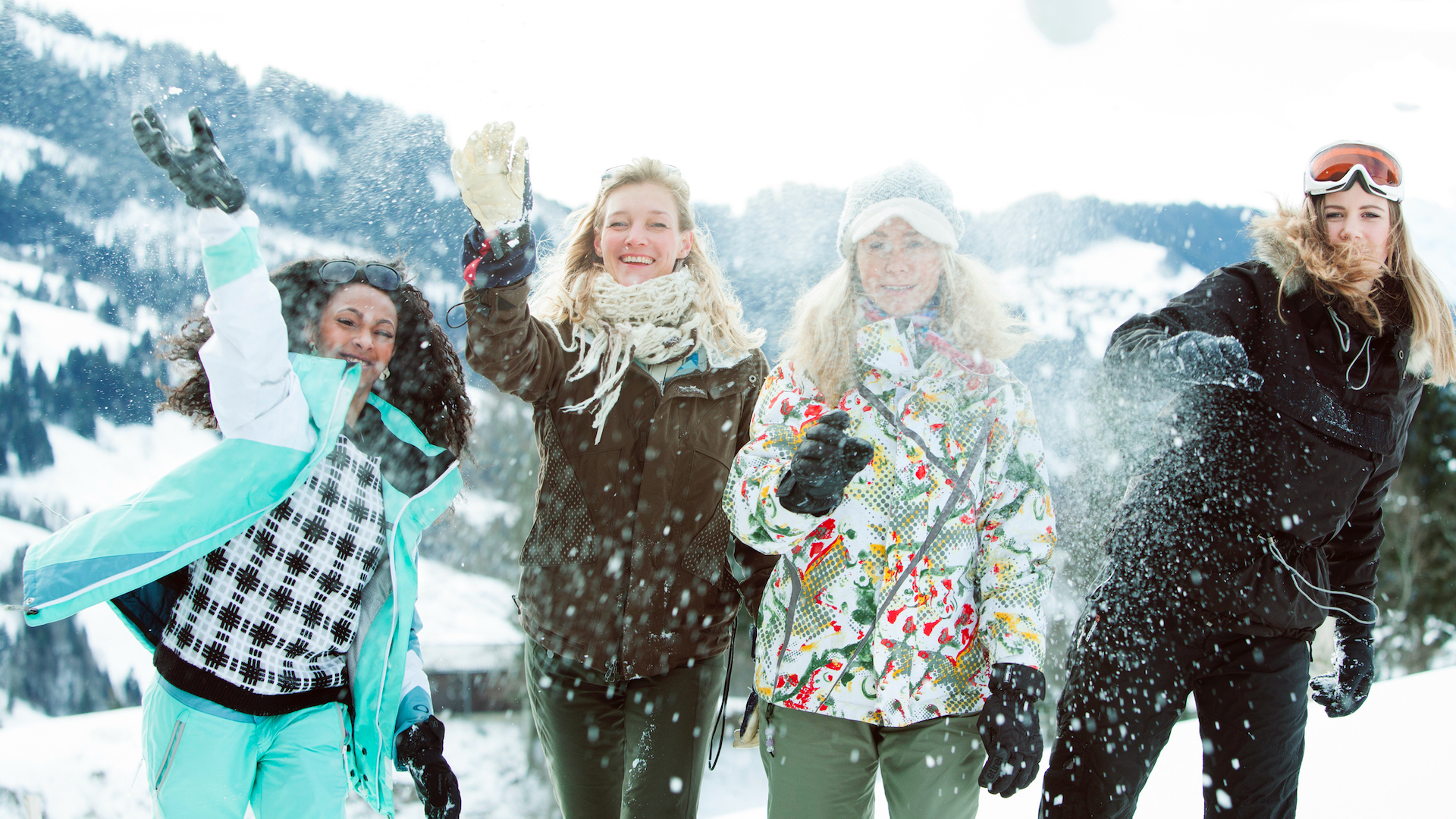
How to choose a ski jacket: price
Lastly, there’s a good chance that your budget will also come into play when choosing a ski jacket. We had a look through REI’s selection of ski jackets and found they range from a reasonable $185 for the two-layer Columbia Last Tracks Insulated Jacket all the way up to $950 for the three-layer Arc’Teryx Andessa. To be honest, the more you spend, the better technical performance and durability you’re likely to get and usually for a lighter weight and more packability, too. As always, quality and durability adds value to that initial price tag. Obviously for more occasional resort skiing, you can skip a lot of the bells and whistles and save quite a bit of money with a two-layer jacket, while a 3-in-1 probably provides the most options for the least investment.
- The best ski gloves: tested and rated for warmth and comfort
Julia Clarke is a staff writer for Advnture.com and the author of the book Restorative Yoga for Beginners. She loves to explore mountains on foot, bike, skis and belay and then recover on the the yoga mat. Julia graduated with a degree in journalism in 2004 and spent eight years working as a radio presenter in Kansas City, Vermont, Boston and New York City before discovering the joys of the Rocky Mountains. She then detoured west to Colorado and enjoyed 11 years teaching yoga in Vail before returning to her hometown of Glasgow, Scotland in 2020 to focus on family and writing.

